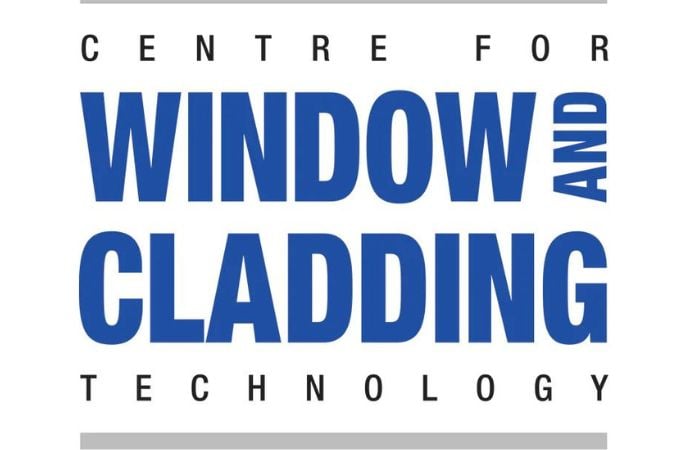How can the CWCT help with specifying rainscreen cladding systems?
The Centre for Window and Cladding Technology gives architects peace of mind that rainscreen cladding systems are fit for purpose and will perform well.
In a nutshell:
- CWCT is not a replacement for Building Regulations.
- CWCT helps architects to make informed decisions during specifications.
- It publishes test standards and guidance for cladding and glazing manufacturers.
- It tests the quality and weather tightness of the whole building envelope, covering aspects such as air leakage, thermal performance and impact testing.
- The CWCT remains at the forefront of industry trends through actively engaging in research and development activities.

The CWCT provides independent testing standards for cladding manufacturers. CWCT standards are not a replacement for Building Regulations, and not every system needs to be tested. However, architects specifying rainscreen cladding expect that the system they choose will meet the standards.
As a result, specialist manufacturers will go through the CWCT testing process.
The basics: what is the CWCT?
As well as providing training and support for the industry, the Centre for Window and Cladding Technology publishes test standards and guidance for cladding and glazing manufacturers. These independent benchmarks for system design and performance are used throughout the cladding industry and help architects to make informed decisions during the specification process, ensuring compliance with industry standards and regulations.
What do the tests involve?
The CWCT tests the quality and weather tightness of the whole building envelope. Through independent testing, architects can gain confidence in the suitability and durability of specific rainscreen cladding products.
The test report should cover:
- Air leakage
- Water penetration
- Thermal performance
- Impact testing
- Wind load resistance
Are rainscreen cladding systems airtight and watertight?
What is the U-value in rainscreen cladding design?Are the CWCT standards the same as the Building Regulations?
No. CWCT is not compulsory, it's more a means of reassuring architects about the quality of certain rainscreen cladding systems. Unlike the Building Regulations that are mandated by the government.
How does the CWCT help architects?
In short, peace of mind. For example, the CWCT ‘Standard for systemised building envelopes’ provides a framework for specifying rainscreen cladding, along with a checklist for architects that shows what information will change from project to project.
Also, the CWCT actively engages in research and development activities related to building envelopes, including rainscreen cladding. By staying at the forefront of technological advancements, architects can benefit from the latest insights and innovations. CWCT's research outcomes inform architects about emerging materials, installation techniques, and design considerations, enabling them to create resilient buildings.
Want to find out more?
Submit new questions
Would you like to see your questions answered? Submit them to us and we'll let you know when we've found the answer.